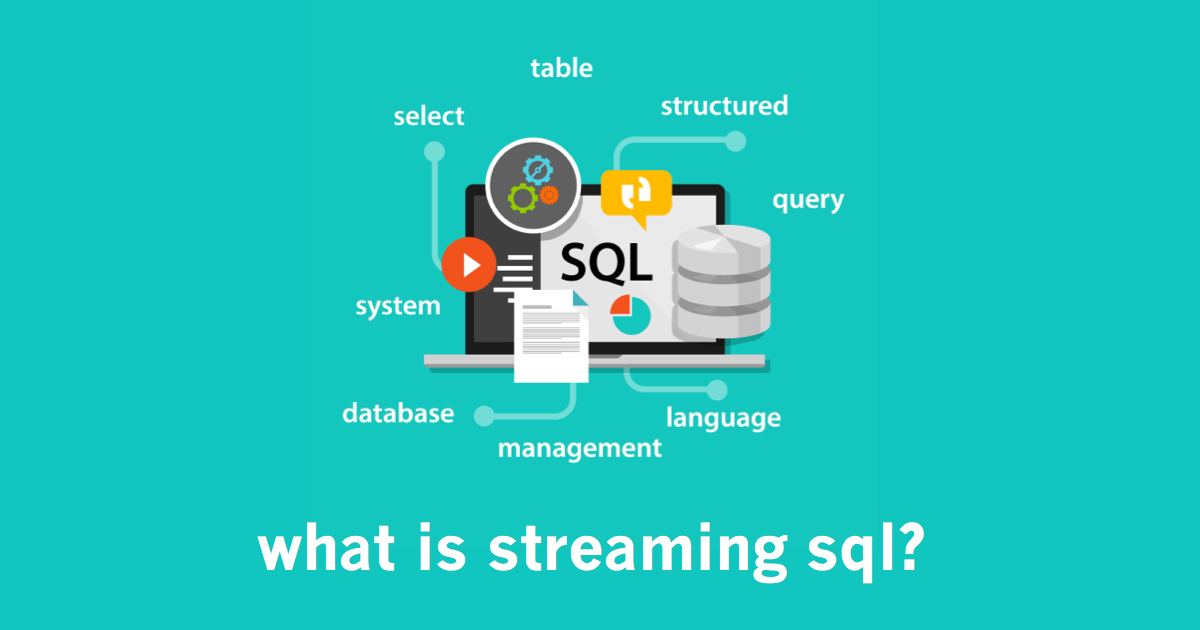Streaming SQL has become essential to real-world, real-time data processing solutions. But before examining what it is and how it works, we need to take a brief look back.
With the continuous and staggering growth of data volumes over the years, and the rising demands for analysis of data, Structured Query Language, or SQL, has become an essential component of data management and business analytics.
Because databases store data before it’s available for querying, however, this data is invariably old by the time it’s queried. Today, many organizations need to analyze data in real-time, which requires the data to be streamed. As a result of this shift, there’s a need for a new version of SQL that supports stream processing.
Enter Streaming SQL. Streaming SQL is similar to the older version of SQL, but it differs in how it addresses stored and real-time data. Streaming SQL platforms are continuously receiving flows of data. It’s this continuous nature of streaming that gives the technology its true value compared with traditional SQL solutions.
A key part of streaming SQL are windows and event tables, which trigger actions when any kind of change occurs with the data. When a window is updated, aggregate queries recalculate, and this provides results such as sums over micro-batches.
Streaming systems allow organizations to input huge volumes of data—including reference, context, or historical data—into event tables from files, databases, and various other sources. These tools enable users to write SQL-like queries for streaming data without the need to write code.
With Streaming SQL, queries are often highly complex, using case statements and pattern-matching syntax. These solutions make it easy for organizations to ingest, process, and deliver real-time data across a variety of environments—whether they are in the cloud or on-premises.
This helps enterprises quickly adopt a modern data architecture, creating streaming data pipelines to public cloud environments such as Microsoft Azure, Amazon Web Services, and Google Cloud Platform, as well as to Kafka, Hadoop, NoSQL, and relational databases.
It’s important to realize that Streaming SQL is not something that should be used to run on all data, such as massive databases with a billion rows. That’s not what it’s designed for. It’s better suited for working on smaller subsets of data, when there is a need to get quick results and immediately identify value in new data that’s being created.
One of the strengths of Streaming SQL comes from its ability to transform, filter, aggregate, and enrich data. It has the ability to combine all these functions together to enable organizations to get maximum value from the data constantly streaming into their systems.
To learn more about the power of streaming SQL, visit Striim Platform Overview product page, schedule a demo with a Striim technologist, or download a free trial of the platform and try it for yourself!





















